Minimalism is a popular home design trend that has been gaining traction in recent years. This style of design focuses on clean lines and a simple, uncluttered look that can be achieved through the effective use of space and color. The idea behind minimalism is to create a calm and calming atmosphere in the home that is free of excess and clutter.
1. The aesthetic of minimalism
The aesthetic of minimalism is based on a few core principles. These principles include utilizing a limited number of colors, creating negative space, and utilizing geometric shapes. This helps to create a sense of harmony and balance in the home. Additionally, minimalism is often associated with the use of natural materials such as wood, stone, and metal. This helps to create a warm and inviting atmosphere.
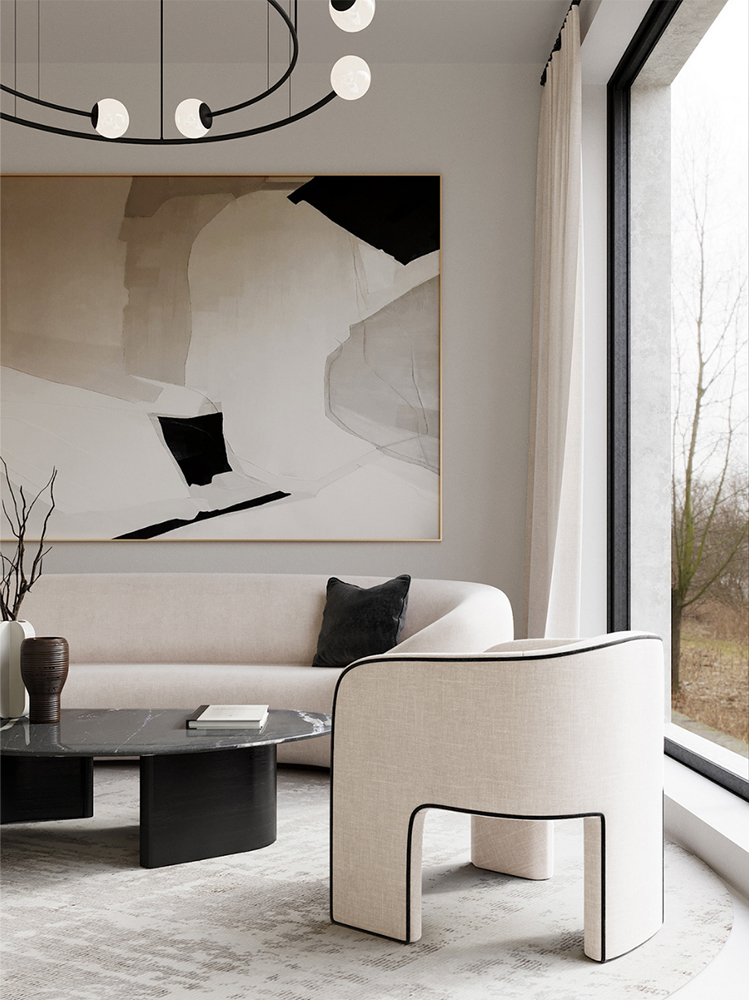
Minimalism in home design is characterized by the use of clean lines, simple shapes, and a limited color palette. The focus is on creating a space that is uncluttered and free of excess, resulting in a calm and serene environment. This aesthetic is achieved through the use of neutral colors, such as white, black, and gray, as well as the selective use of furniture and decor. By reducing visual noise and distractions, the minimalist approach allows the beauty of the space to shine through, creating a space that is both functional and visually appealing. The result is a home that is not only aesthetically pleasing, but also feels spacious, welcoming, and relaxing
2. Colors
Minimalism in home design often incorporates a neutral color palette consisting of black, white, gray, and beige. These colors create a clean and simple look, allowing the focus to be on the architectural elements and furnishings within the space. The use of a limited color scheme also promotes a sense of calm and relaxation, making it a popular choice for bedrooms and bathrooms. However, pops of color can still be incorporated in minimalistic design through the use of accent pieces such as throw pillows, curtains, and artwork, providing visual interest while still maintaining the overall minimalist aesthetic.
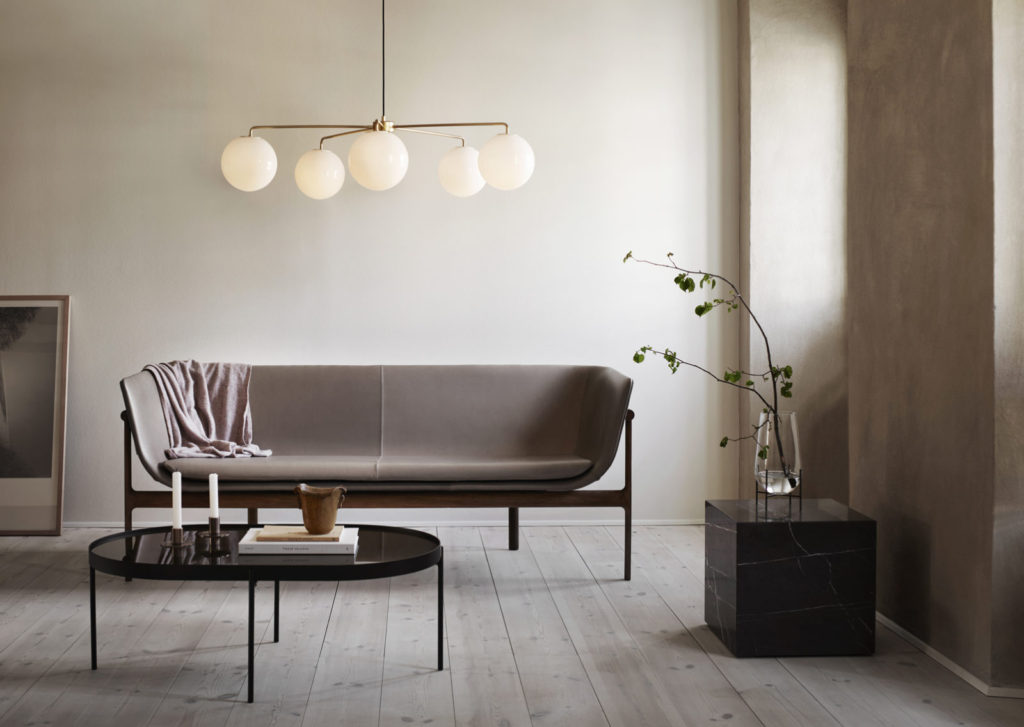
3. The use of open space
The use of negative space, or open space, is an important aspect of minimalism. This helps to create a sense of openness and allows for the eye to focus on the other design elements. Additionally, the use of geometrical shapes helps to emphasize the other design elements and create a sense of harmony.
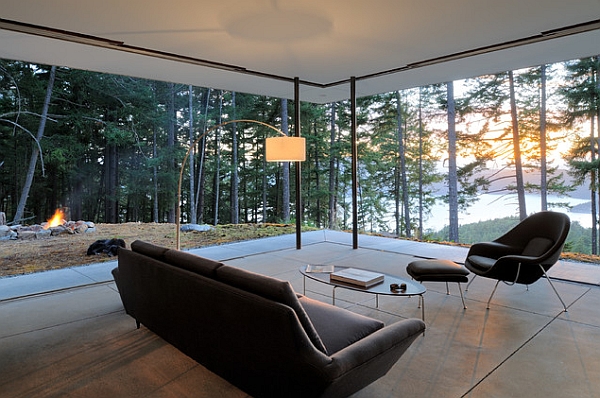
4. Furniture
In terms of furniture, minimalism favors the use of simple, uncluttered pieces. This helps to keep the home looking neat and organized. The furniture pieces should be kept simple and should not feature unnecessary accessories or extras.
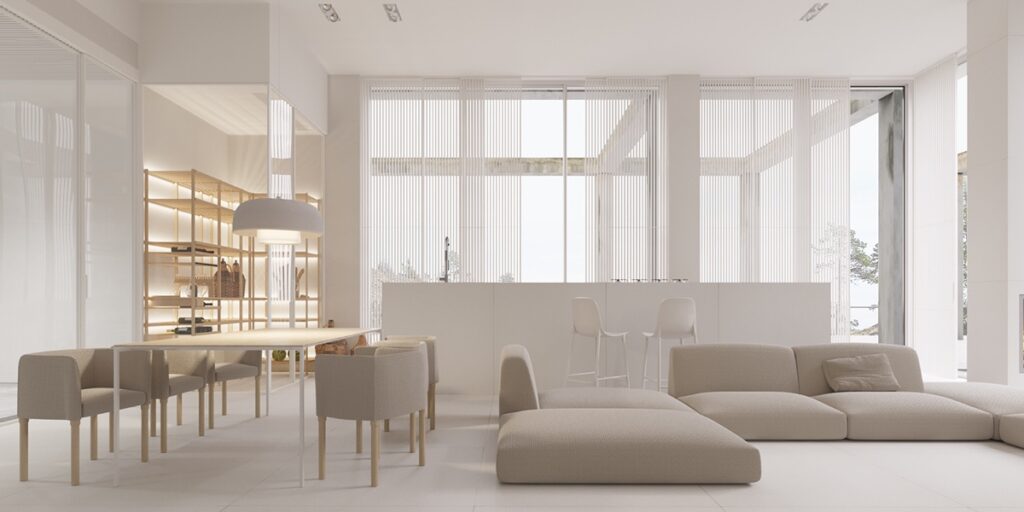
5. Accessories and artwork
When it comes to accessories and artwork, minimalism favors simple pieces that do not overwhelm the rest of the design. Accessories should be kept to a minimum and artwork should be kept simple as well. This helps to create an overall feeling of harmony and balance in the home.
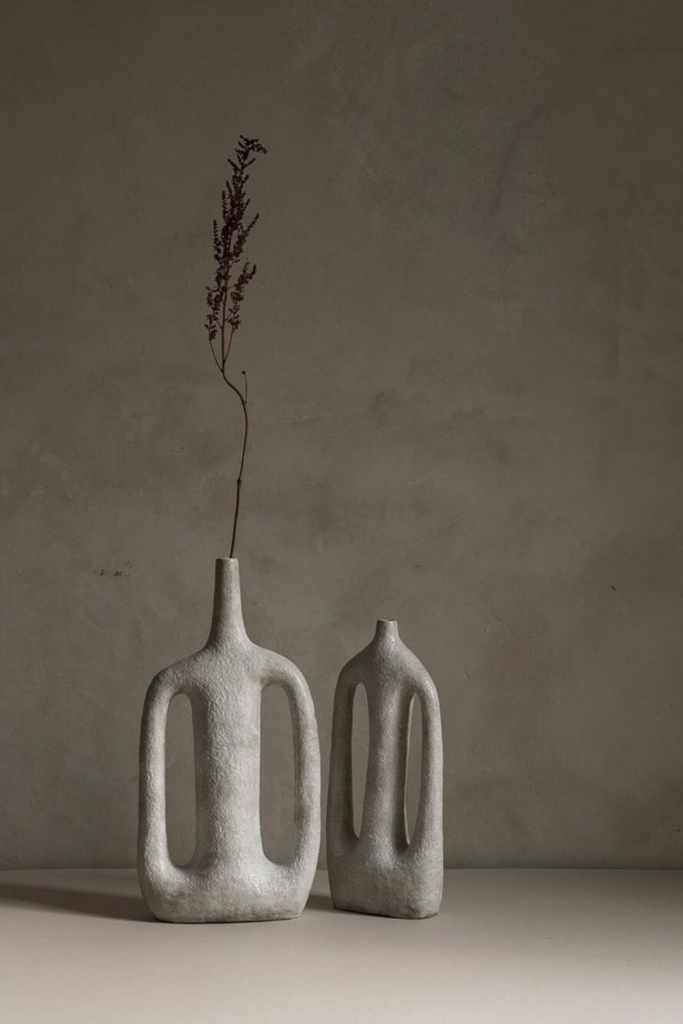
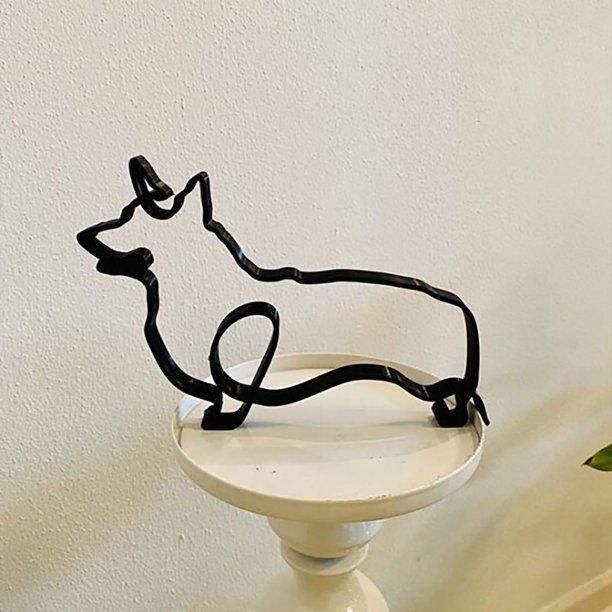
Minimalism is a great way to create a calm and relaxing atmosphere in the home. By utilizing a few simple design principles and keeping furniture and accessories to a minimum, a home can be transformed into a stylish and inviting space.
